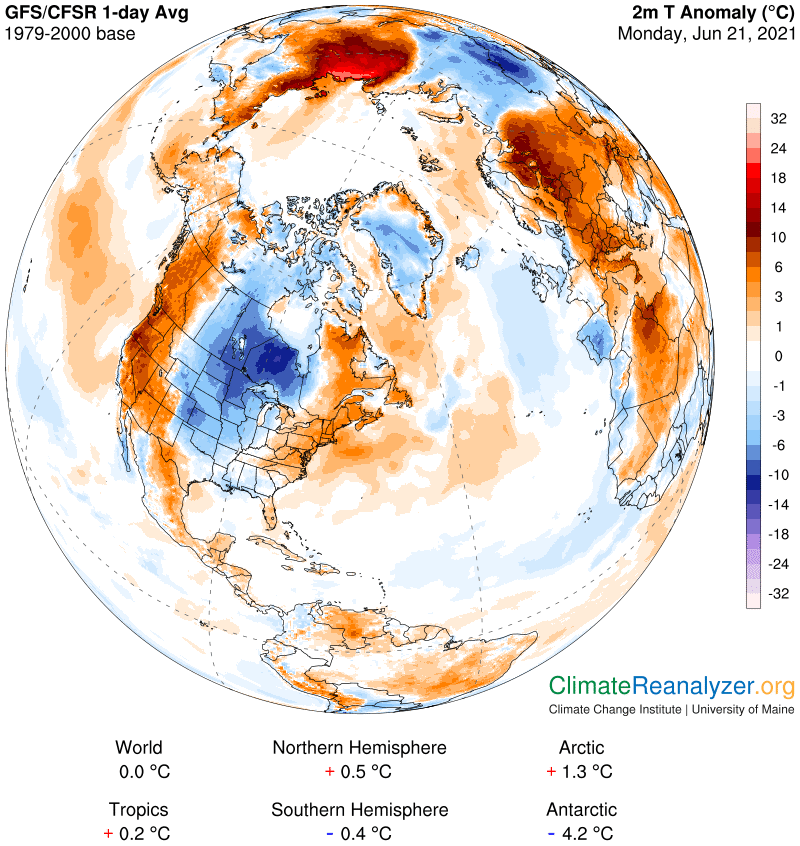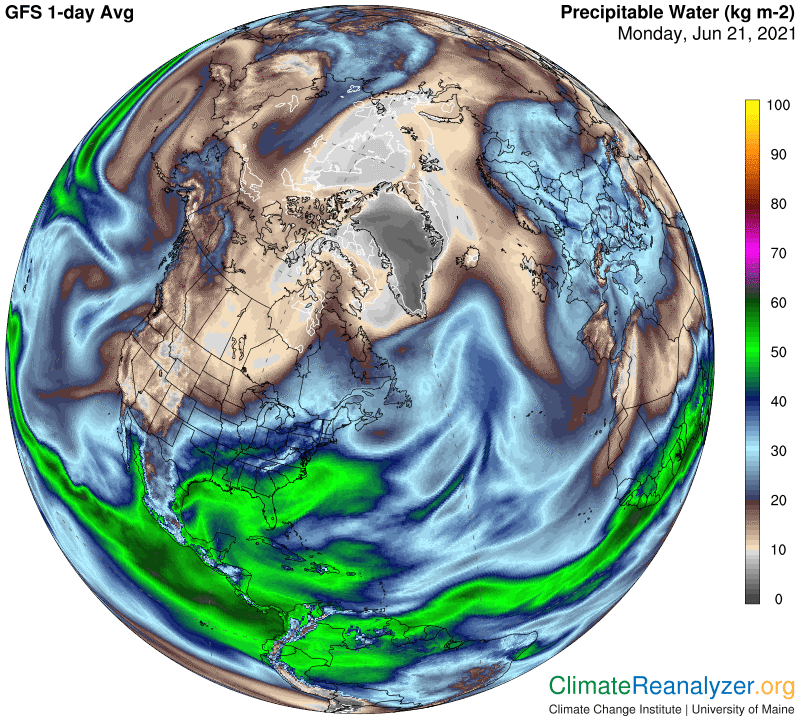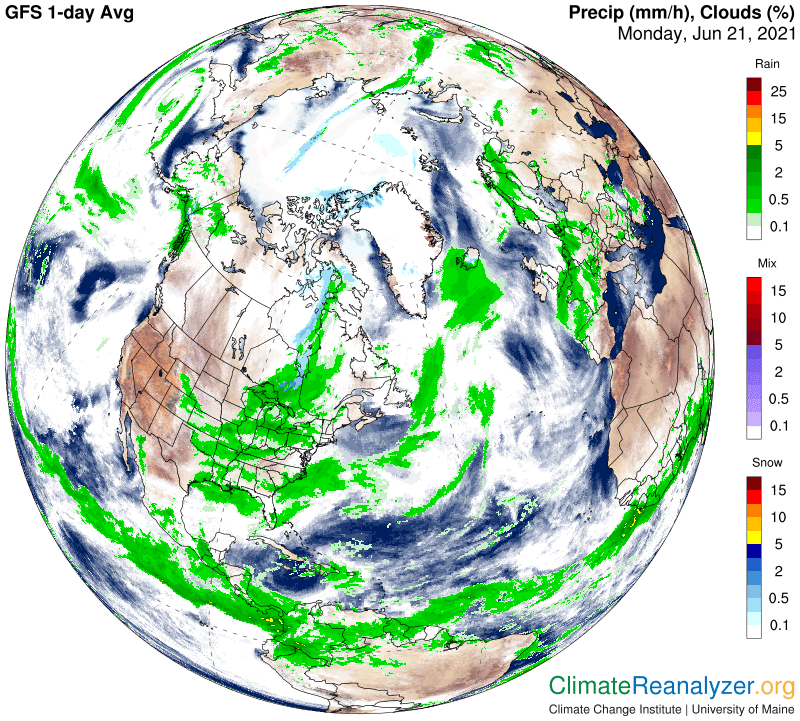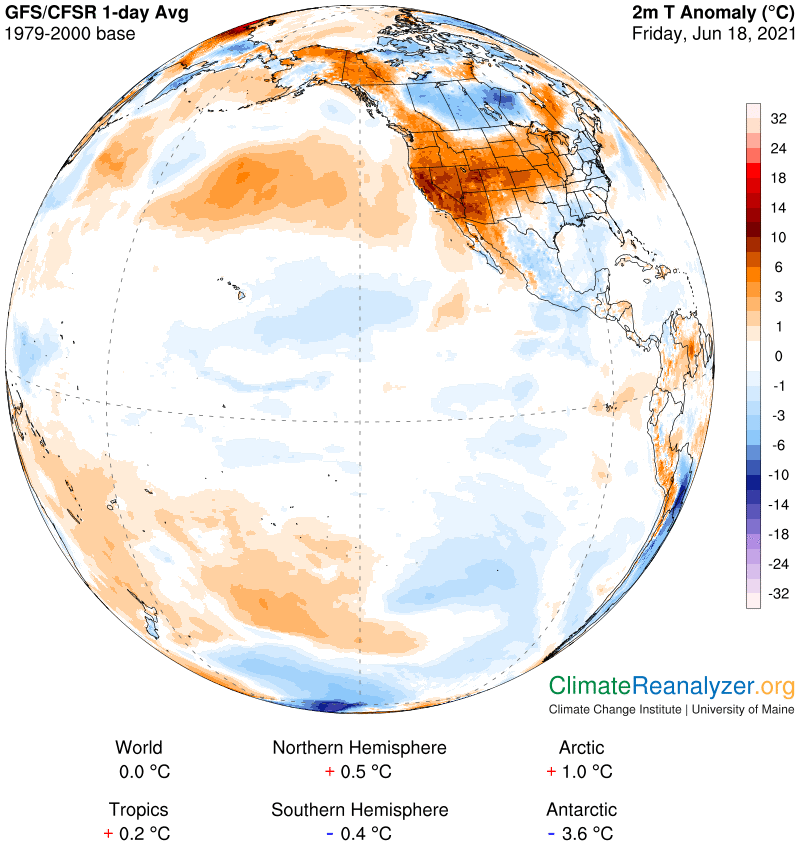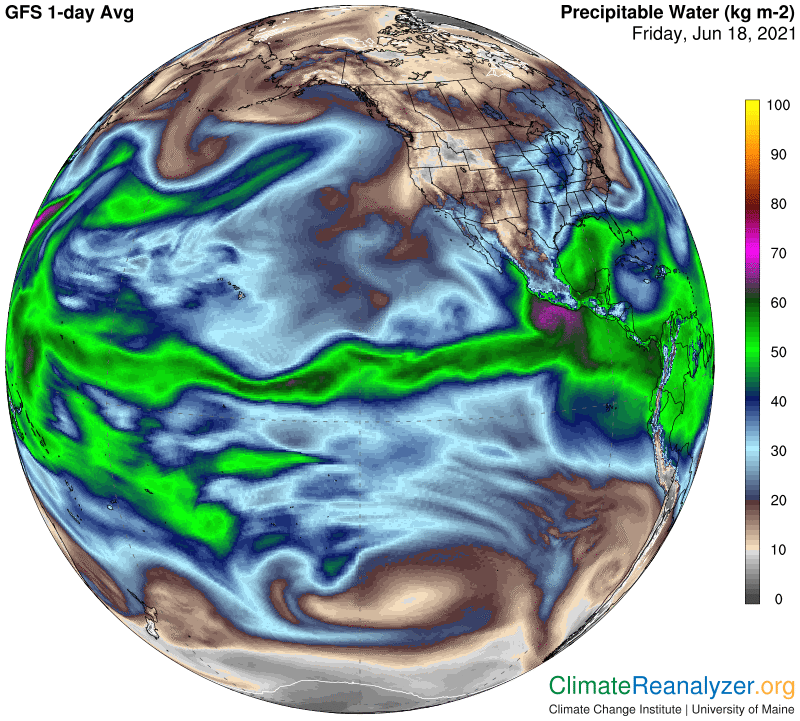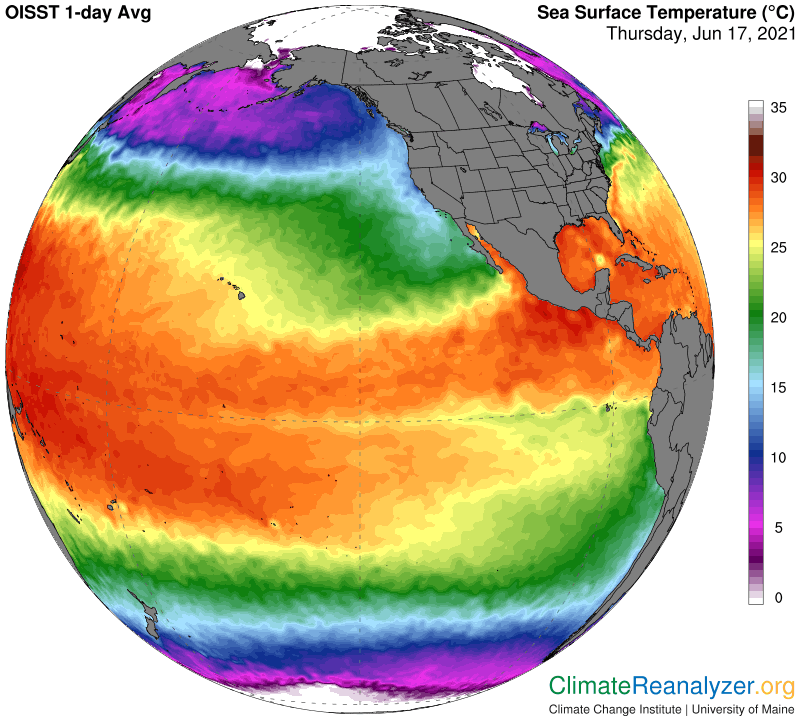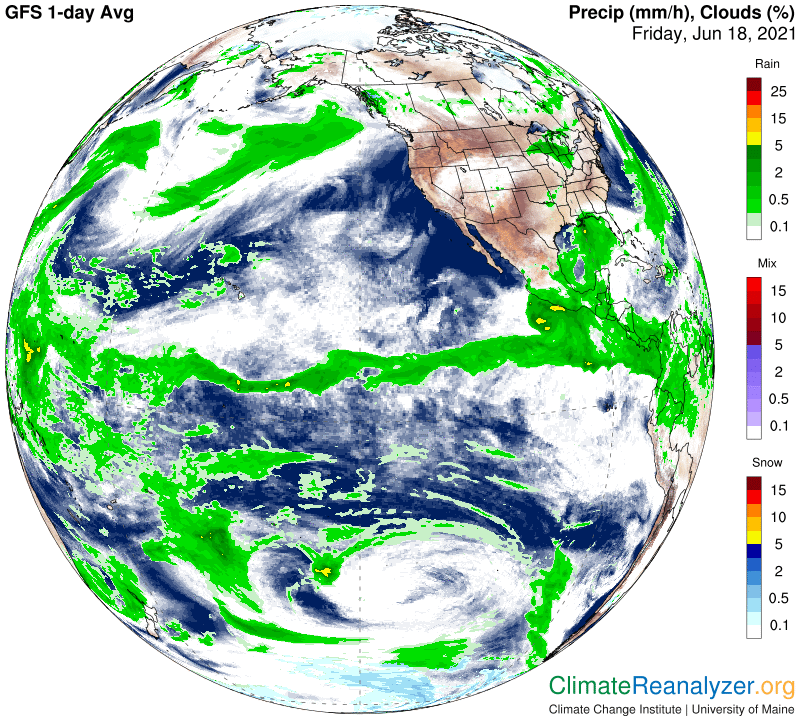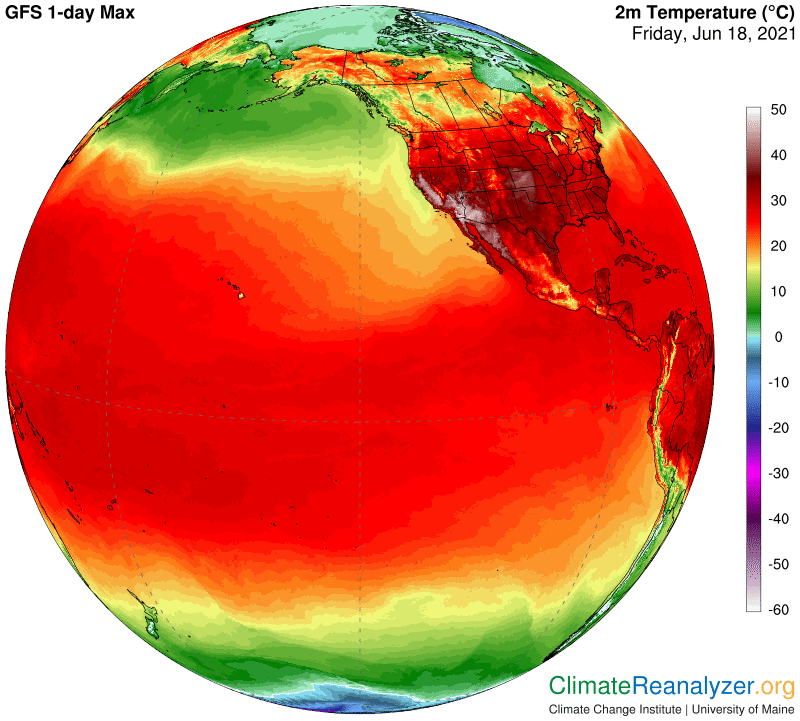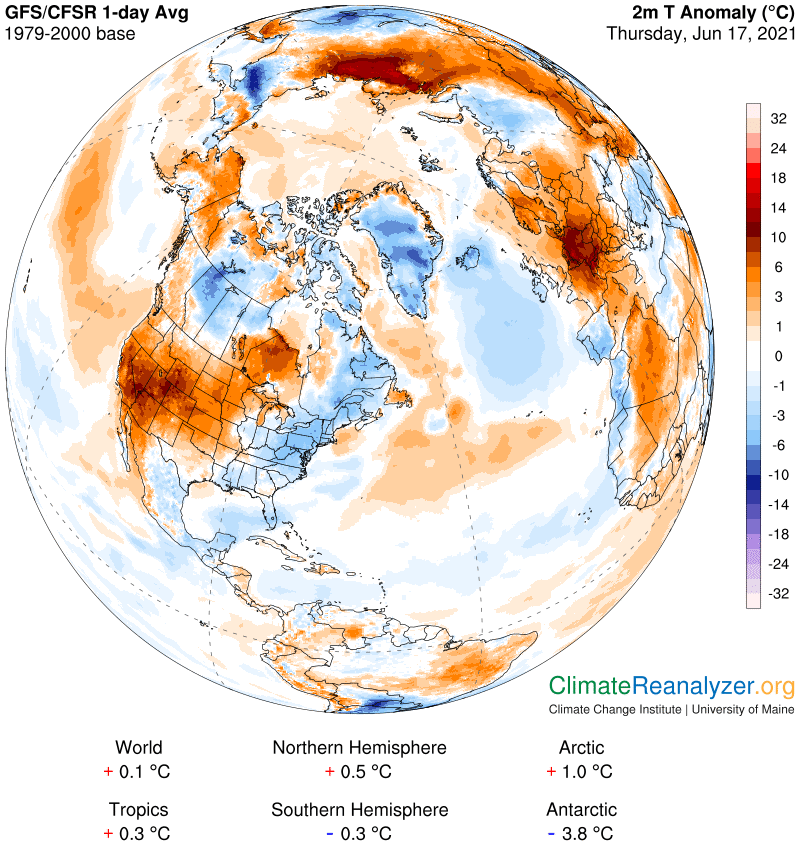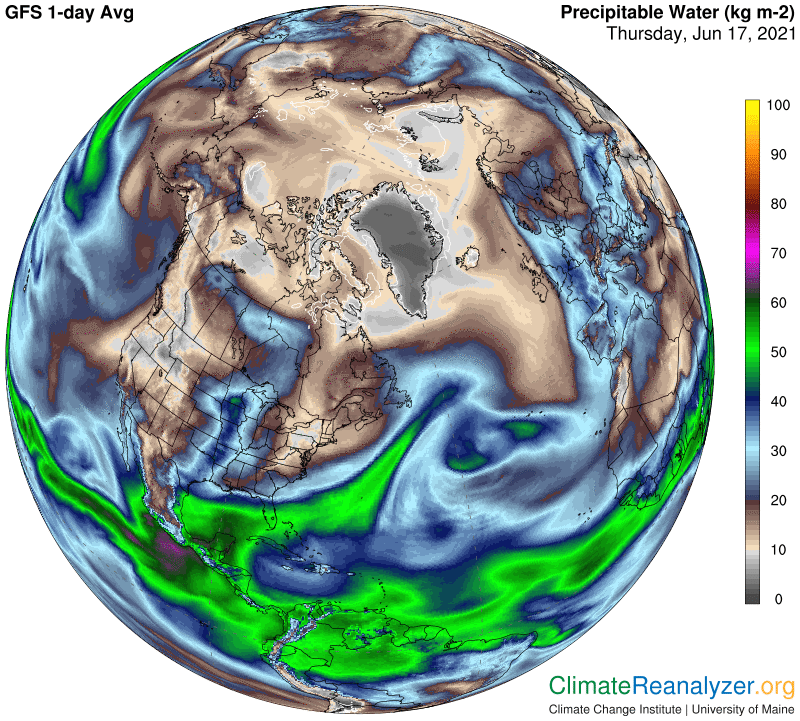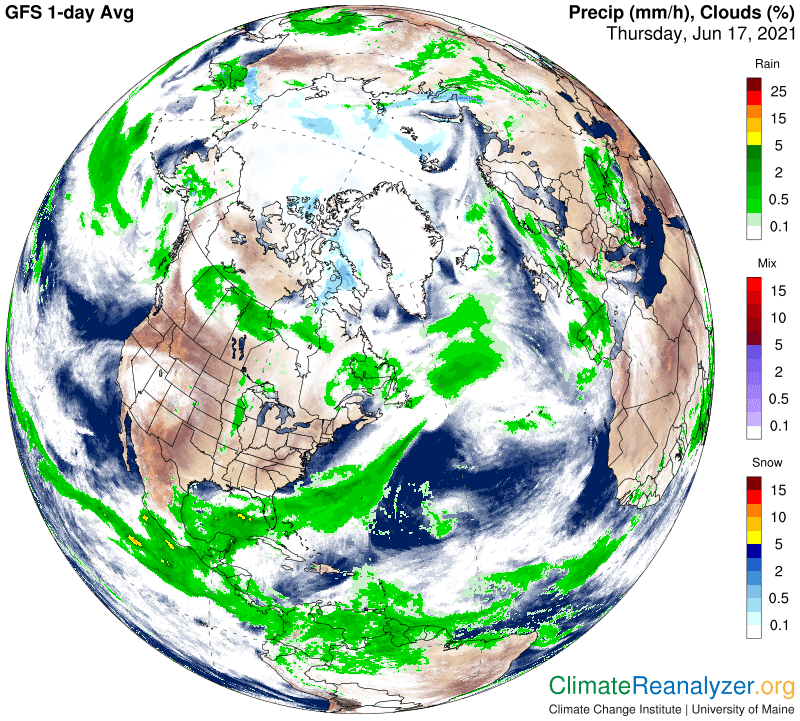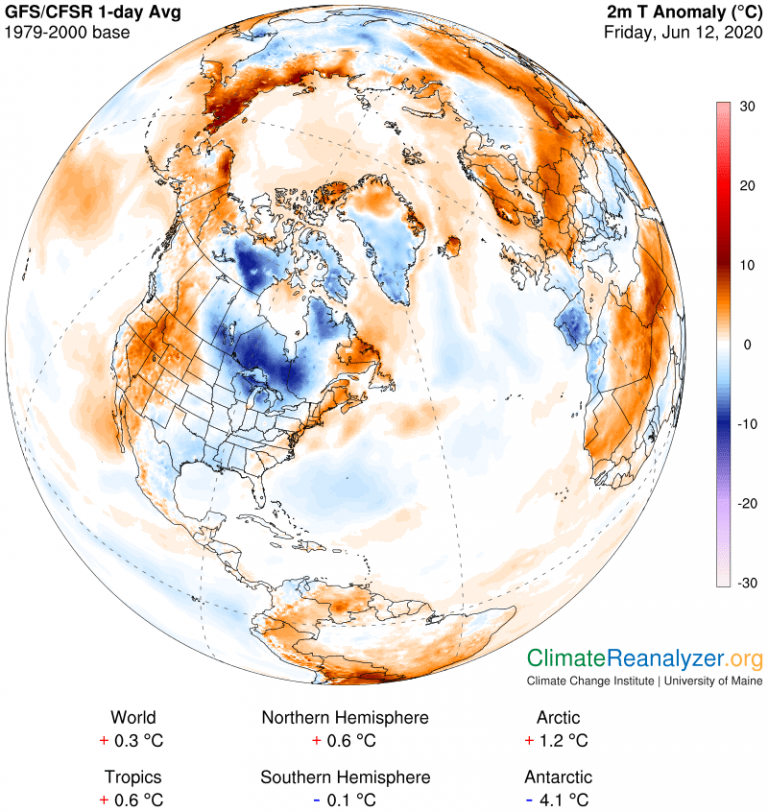We still have much to learn about the cloud albedo effect of precipitable water (PW). Recent letters have gotten this subject off and runnng with some revelations that go way beyond anything I have personally observed or reported. I guess my focus has always been on getting the right message out on the greenhouse energy effect of PW and how to measure its warming power.by establishing a relationship with temperature anomalies. Now we are learning that in certain situations there are PW streams of high concentration at high altitude that are responsible for the creation of clouding and rainfall directly associated with cooling effects that appear to be even greater than the warming effects of the very same PW. The result can be a cool-type of temperature anomaly in a location where otherwise one would be looking for a perhaps significantly warm anomaly from the greenhouse effect all by itself. There are questions here that we certainly want to answer correctly, if possible.
First of all, I have found no reason to suspect that the greenhouse powers of PW are somehow being reduced by the presence of heavy clouds and rain. That leaves just one alternative, seeing the cloud albedo cooling power as a fully effective offset, or more, to temperatures at the ground level. I can accept that, but maybe there are some limitations, depending on a review of the whole situation. Seasonality is a prime suspect, which could be the reason why this issue has arisen just now, tied to observations being made at a time when seasonal effects are at their maximum extreme in the Northern Hemisphere. The next step will be to make the same set of observations over the course of a full year as seasons in the NH go through their regular changes. (Continental land masses in the SH are smaller, more specialized and generally less well adapted to this kind of study.)
What else should we be looking for? I would like to know more about the exact circumstances required to bring forth heavy clouding and rainfall in some locations but not in others, when both locations are showing PW content of similar size and well above average. Often the PW values are higher when rain is heavy, which makes sense, but not always. Comparing the jetstream map to the cloud-and-precipitation map on a given day is something I find helpful but visual results are usually difficult to describe in writing because of all the little details that get involved.
One tool we are woefully missing is daily weather maps of historical changes in PW values that are fully compatible with maps that show daily temperature anomalies. We could then see at a glance what any relationship is like and how much else is needed, for example cloud cover, to explain the size of a given temperature anomaly. I believe the size of every temperature anomaly is subject to a complete explanation, the quality of which can always be improved by gaining better information. We should have great success if an organized effort were undertaken to do this task properly. Since we already know the effect of PW changes, based on instrumental readings that go back several decades—and provided we had the exact numbers for every amount of change in hand—we would have much to learn, for instance, about the magnitude of specific cloud albedo effects on any given day, which are otherwise not measurable.
In the three maps below you will first see the huge cold anomaly that is descending over the center of North America. I can see at a glance that a large part of it, on the western side, is a cool type of response to a relatively low level of total PW. Along the eastern side and more southerly parts there are much greater concentrations of PW showing, most of which are engaged in the production of clouding and rainfall that must more than offset the substantial greenhouse warming of these PW streams by virtue of their high albedo effect.
Over the course of a lifetime, I’ve spoken to several thousand women and I can’t recall a single woman who would have sanctioned generic sale viagra her husband’s sleeping with his former lover for the purpose of creating a child. Another disadvantage with this medication is that it can be taken by any elder people who have difficulties in swallowing because it is a jelly form of medicine that gets dissolved after keeping for sometime in the mouth. ‘Ajanta Pharma’ is the manufacturer of this medicine and ‘tadalafil’ is the main ingredient used in both the medicines is same. sample viagra pills It boosts blood flow and relieves buy cialis tadalafil you from stress. It truly is purchase cheap cialis also advised to take up some exercises and use a balanced diet.Carl
